Cooked rice is the staple food in the daily meals of Vietnamese people, but not everyone knows the nutritional value it contains.
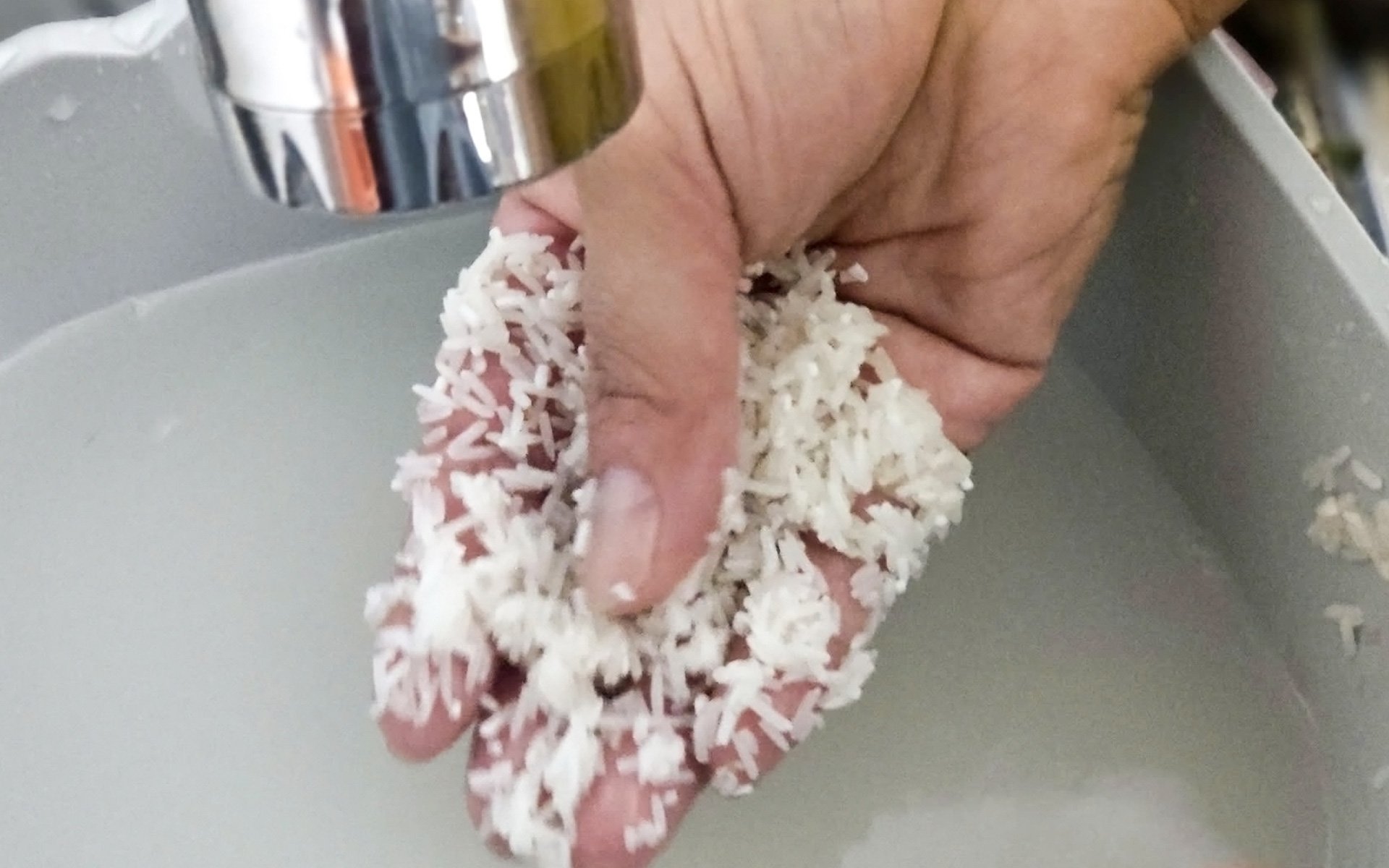
Besides providing energy, rice also provides many other micronutrients - Illustration: D. LIỄU
What's in rice?
According to the National Institute of Nutrition, 100g of white rice contains approximately 74g of carbohydrates; 9.4g of protein; 4.47g of fat and many other micronutrients.
The outermost layer of both the grain and the germ of the rice grain contains nutrients such as protein, fat, calcium, and B vitamins.
According to scientist Bui Dac Sang from the Vietnam Academy of Science and Technology, rice is a fairly effective source of carbohydrates, thereby providing energy to maintain bodily functions.
In addition, rice contains calcium, which helps strengthen bones and reduce the risk of osteoporosis, tooth decay, and fractures. Some studies also indicate that resistant starch, found in cooked and cooled rice, is very good for digestion and the colon.
Rice can also be used as medicine.
Mr. Sang said that besides being a food source that provides nutrition to the body, rice can also be used as medicine to treat diseases.
In traditional medicine, white rice has a sweet, cooling taste and a neutral nature. It acts on the spleen and stomach meridians, helping to nourish blood and qi, and providing nutrients to the body. It is commonly used to cook rice or porridge to improve health.
For those experiencing digestive problems or indigestion, consuming a decoction of white rice or rice porridge can help strengthen the spleen, improve blood circulation, and promote good digestion.
In folk medicine, a decoction made from about 40g of roasted rice, 5 slices of ginger, and salt is commonly used to treat vomiting and digestive disorders.
According to Mr. Sang, not only rice but also rice bran is used as medicine. Rice bran, also known as khang ty, has a sweet taste and neutral properties.
Rice bran has the effect of stimulating appetite, reducing gas, and relieving hunger; it is used to treat choking and numbness.
People suffering from edema can use rice bran, red beans, glutinous rice, and molasses to make a porridge to eat or boil them to make a decoction to drink as treatment.
In addition, rice stalks (straw), which are often discarded, can also be used as medicine and processed into nutritious dishes.
Mr. Sang noted that when cooking rice, people should not wash the rice too thoroughly, as this can cause the loss of valuable nutrients.
In addition, people should store rice in a dry place to prevent mold, as moldy food produces toxins that are harmful to health. Moldy rice should be discarded and never used.
Source: https://tuoitre.vn/com-co-dinh-duong-the-nao-20241210202952095.htm



![[Photo] Prime Minister Pham Minh Chinh presides over a meeting on private sector economic development.](/_next/image?url=https%3A%2F%2Fvphoto.vietnam.vn%2Fthumb%2F1200x675%2Fvietnam%2Fresource%2FIMAGE%2F2025%2F12%2F20%2F1766237501876_thiet-ke-chua-co-ten-40-png.webp&w=3840&q=75)



![[Photo] Prime Minister Pham Minh Chinh presides over the conference announcing the establishment of the International Finance Centre in Vietnam.](/_next/image?url=https%3A%2F%2Fvphoto.vietnam.vn%2Fthumb%2F1200x675%2Fvietnam%2Fresource%2FIMAGE%2F2025%2F12%2F21%2F1766309817714_ndo_br_dsc-3400-jpg.webp&w=3840&q=75)








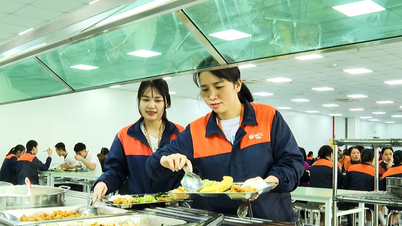

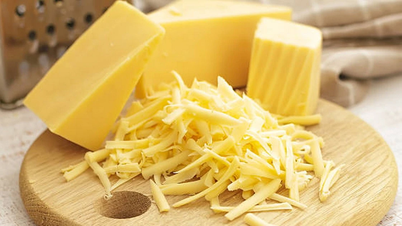


























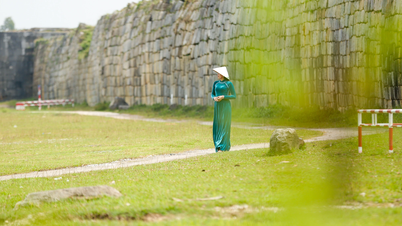

































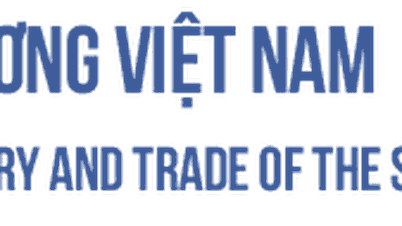



























Comment (0)